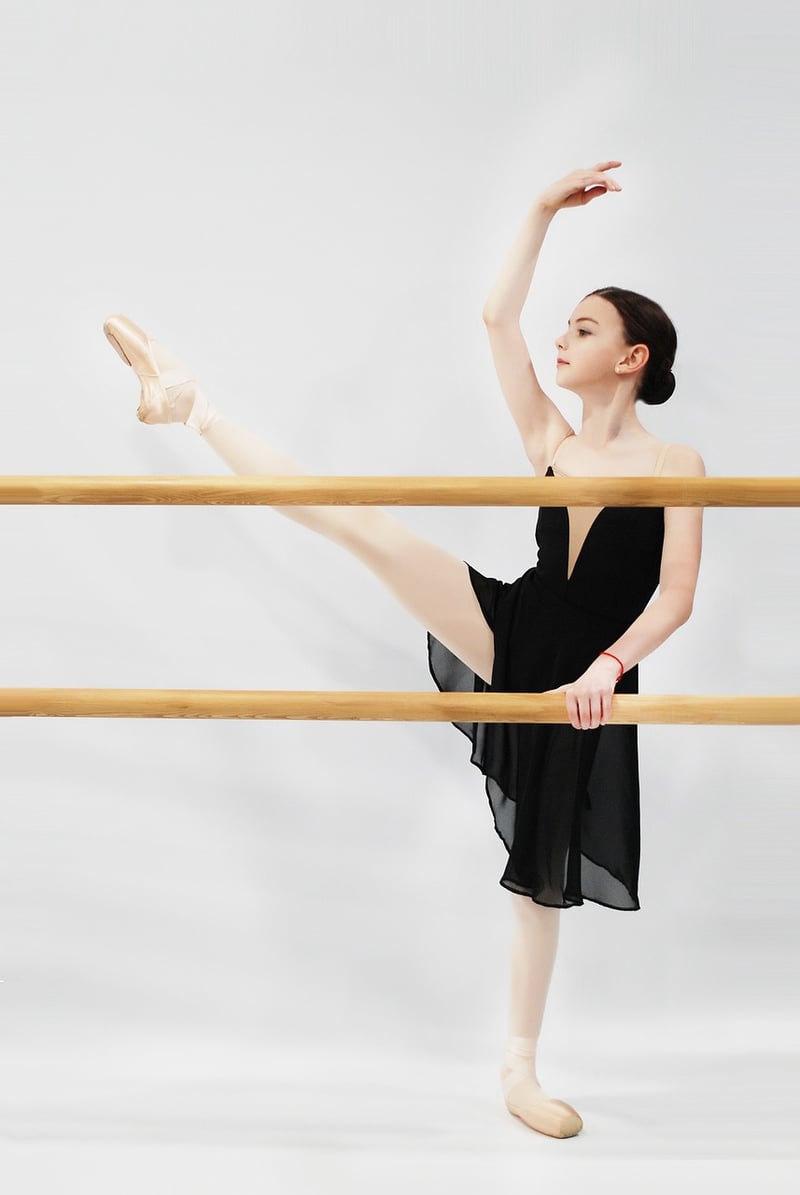Contemporary
The Power of Expressive Movement in Contemporary Dance
Contemporary dance is a dynamic and innovative art form that combines elements of various dance styles to create unique and expressive movements. At the heart of contemporary dance lies the idea of using the body as a tool for emotional and physical expression. One of the key components that sets contemporary dance apart is its focus on fluidity, versatility, and individuality.
Expressive Movement in Contemporary Dance
Expressive movement is at the core of contemporary dance, allowing dancers to convey a wide range of emotions and ideas through their physicality. Unlike more traditional forms of dance, contemporary dance encourages dancers to explore unique ways of moving and interacting with space.
Through expressive movement, dancers can communicate complex narratives, evoke powerful emotions, and challenge conventional norms. The freedom to express oneself through movement is a cornerstone of contemporary dance, enabling dancers to push boundaries and break away from traditional constraints.
The Impact of Expressive Movement
Expressive movement in contemporary dance has a profound impact on both dancers and audiences alike. For dancers, the ability to express themselves through movement can be a cathartic and transformative experience, allowing them to explore their creativity and push their physical limits.
For audiences, witnessing expressive movement in contemporary dance can be a mesmerizing and thought-provoking experience. The raw emotion and authenticity conveyed through movement can resonate deeply with viewers, sparking a range of emotions and leaving a lasting impression.
Embracing Individuality and Creativity
In contemporary dance, each dancer brings their unique perspective, style, and personality to the performance. This emphasis on individuality and creativity allows for a diverse range of movement vocabularies and artistic interpretations.
By embracing individuality and encouraging creative exploration, contemporary dance continues to evolve and push the boundaries of what is possible in the realm of movement and expression. Dancers are empowered to take risks, experiment with new ideas, and challenge preconceived notions of dance.
Conclusion
Expressive movement plays a vital role in contemporary dance, shaping the art form and pushing it in exciting new directions. Through the power of movement, dancers can communicate, connect, and inspire audiences in profound ways. As contemporary dance continues to evolve, expressive movement remains at its core, driving innovation, creativity, and emotional depth.

